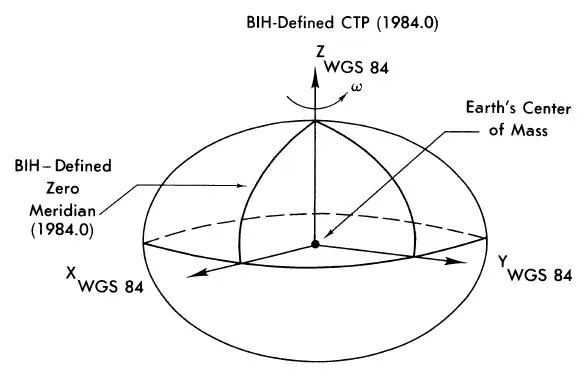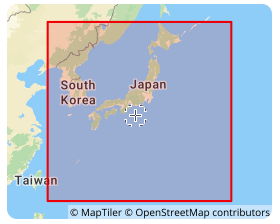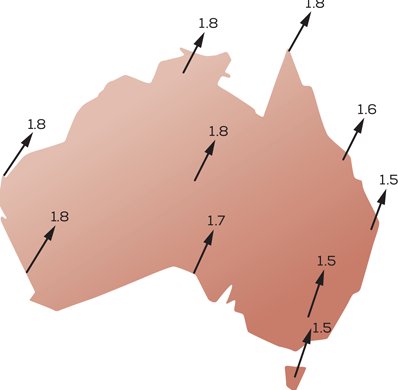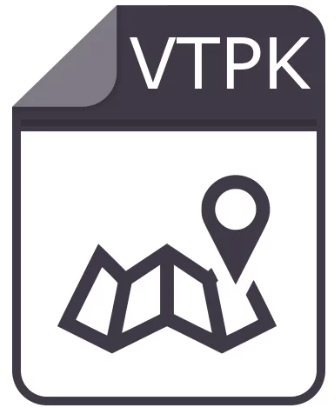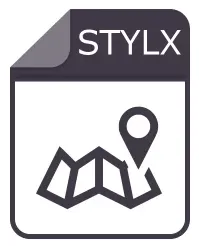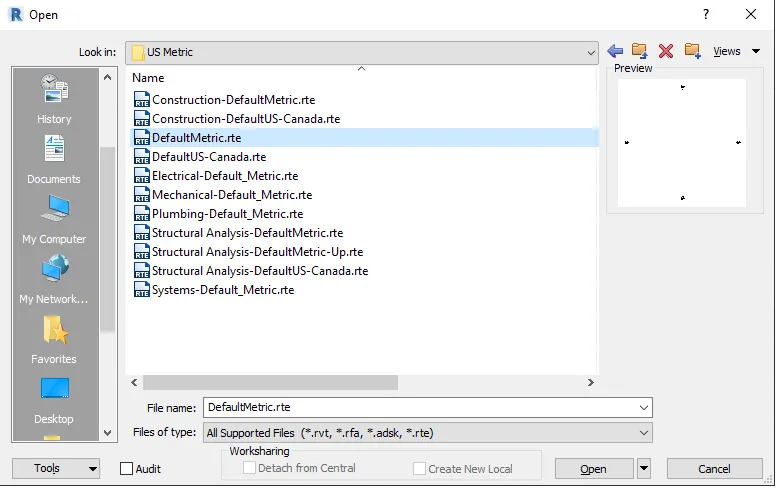GPS Coordinate System (WGS Coordinate System | EPSG:4326)
GPS Coordinate System, that is, the coordinate system used by the Global Positioning System, is usually based on the geographic coordinate system (EPSG:4326) WGS84 (World Geodetic System 1984). This is a universal reference system used to determine the longitude and latitude of any point on the earth. WGS84 is a geocentric coordinate system with the center of mass of the earth as the origin. It is widely used in navigation, surveying, mapping and geographic information systems (GIS).
2025-09-16 14:47:06AUX (Auxiliary File)
**AUX file (Auxiliary File) **is a file used in GIS (Geographic Information System) to store auxiliary information (such as spatial index, attribute index, metadata, etc.) of geographic datasets, aiming to improve the efficiency of spatial query and analysis.
2025-09-16 14:48:03Tokyo Datum (Tokyo 1918 | EPSG:4301)
Tokyo Datum (Tokyo 1918 | EPSG:4301) is a geodetic reference frame adopted by Japan in the early days. Its ellipsoidal parameters (such as the major semi-axis and inverse flattening) are set based on old surveying techniques, and the prime meridian passes through the original site of the Tokyo Observatory (not Greenwich). This coordinate system is mainly used for mapping and engineering surveying in Japan. After its establishment in 1918, it has long served the Japanese geographic information field. However, due to technical limitations, its accuracy and compatibility with international standards have gradually fallen behind.
2025-09-16 14:47:08WOR (World File)
WOR files are file formats used to store workspaces in MapInfo Professional geographic information system (GIS) software, and their extension is .wor. They do not store geographic data directly, but record map hierarchy, style setting information, and data source paths, which are used to quickly reproduce map layouts and analysis views in specific GIS projects.
2025-09-16 14:47:44Vector Data
Vector data is data that uses x and y coordinates to represent the location and shape of map graphics or geographic entities in rectangular coordinates. Vector data generally records the coordinates to accurately represent the spatial location of geographic entities as much as possible.
2025-09-16 14:47:50GDA2020 (Geocentric Datum of Australia 2020 | EPSG:7844)
GDA2020 is the latest geocentric coordinate reference frame launched by Australia in 2020. It is consistent with ITRF2014, providing the position and long-term velocity of the base station at the reference epoch, and includes the post-seismic deformation caused by large earthquakes and the annual and semi-annual parameter models. The accuracy of GDA2020 is improved compared to ITRF2014, and can meet the needs of high-precision geolocation and measurement.
2025-09-16 14:47:08VTPK (Vector Tile Package)
VTPK (Vector Tile Package) is a vector tile data format proposed by Esri. It is built based on vector data compression and slicing technology. It realizes efficient storage and transmission by decomposing geospatial data into multi-level pyramid structured vector tiles (PBF format). Its core features include multi-resolution support, vector data-based compression algorithm, cross-platform compatibility and offline use capability. It is suitable for mobile navigation, geographic information collection, outdoor survey and other scenarios.
2025-09-16 14:48:08STYLX (Style File for ArcGIS)
STYLX (ArcGIS Style File) is a style file format used by Esri’s GIS software (such as ArcGIS Pro and ArcGIS Online). It contains style elements such as map symbols, labels, color settings, font information, fill patterns, etc., which are used to unify and manage the visual presentation of the map. STYLX files can be created and edited through the “Style Manager” of ArcGIS Pro, and can merge multiple symbols into one file to maintain the consistency of map design and facilitate sharing and reuse.
2025-09-16 14:47:41Revit File
Revit files are design files created using Revit, a BIM (Building Information Modeling) software developed by Autodesk. It is unique in its ability to integrate and manage 3D models and design information used in the fields of architecture, structure, and engineering (MEP). It is widely used in the construction industry around the world and is a core component of the BIM workflow that covers the entire life cycle from building design to construction and maintenance.
2025-09-16 14:48:07
 Service
Service

